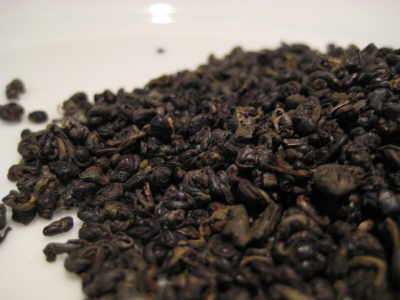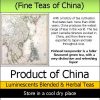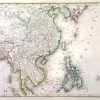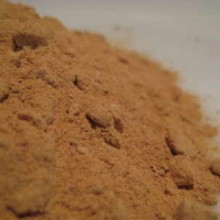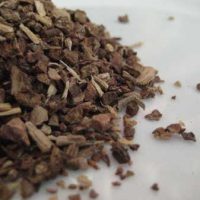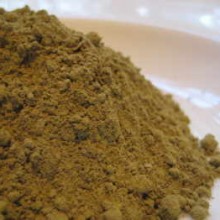China Pinhead Gunpowder Green Tea is a fuller flavoured green tea, with a very distinctive and refreshing liquor.
Literally a Pearl Tea and is a form of China Tea in which each leaf has been rolled into a small round pellet. Pinhead just means more tightly rolled than the usual Gunpowder Tea. Its English name comes from its resemblance to grains of gunpowder. This rolling method of shaping tea is most often applied either to dried green tea which is the most commonly encountered variety outside China or Oolong Teas.
Gunpowder tea production originates with the Tang Dynasty (618–907) It was first introduced to Formosa (now Taiwan) in the 19th century. Gunpowder tea leaves are withered, steamed, rolled, and then dried. Although the individual leaves were formerly rolled by hand, today most gunpowder tea is rolled by machines (though the highest grades are still rolled by hand). Rolling renders the leaves less susceptible to physical damage and breakage and allows them to retain more of their flavouring and aroma. In addition, it allows certain types of Oolong teas to be aged for decades if they are cared for by being occasionally roasted.
With a history of tea cultivation that dates back more than 2000 years, China still produces the widest range of teas in the world. The tea plant, Camellia sinensis, evolved in China, and from there was exported to Japan and later throughout Asia. We stock a range of fine China teas includes both green and black teas, some of which are delicately flavoured with flower petals, and of course several varieties of that famous scented tea, Earl Grey.
The history of tea in China is a long and convoluted story going back at least 2000 years if not longer.
It was considered a medicinal aid at first and the nobility drank it to show off status whilst the general population merely liked its refreshing flavour.
In 2016, the discovery of the earliest known physical evidence of tea in China came from the mausoleum of Emperor Jing of Han in Xi’an which gave a clue that tea made from the Camellia sinensis (the tea bush) was consumed by Han dynasty Emperors as early as the second century BC. Of course there are many scholarly works that describe some kind of infusion that might have been a tea made from Camellia sinensis going back at least a thousand years before the Han dynasty but will we ever know exactly how the practice of tea drinking originated?
Certainly we know that the practice of fermentation and preparation has changed over the centuries. Originally the leaves were steamed and around the 13th Century the process changed and now they have been generally roasted ever since.

